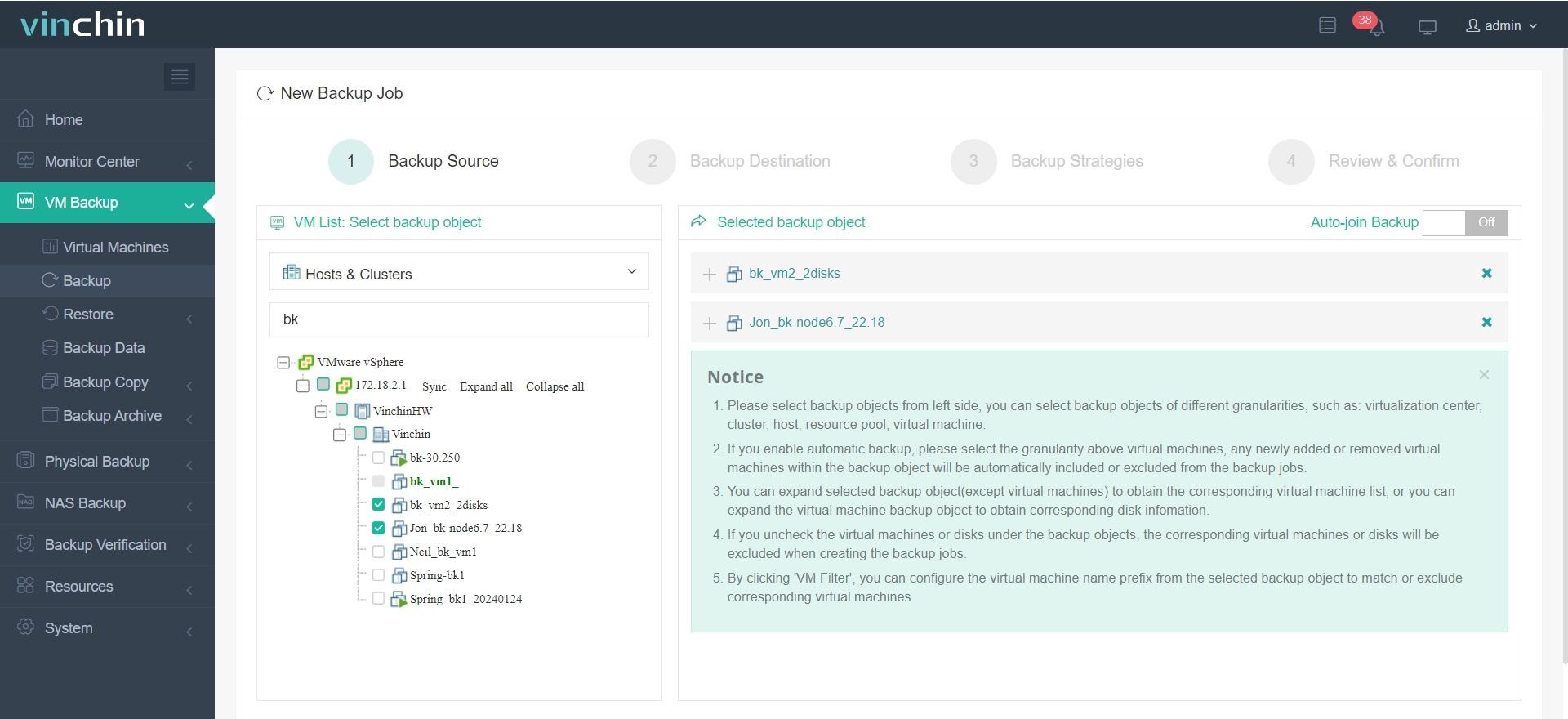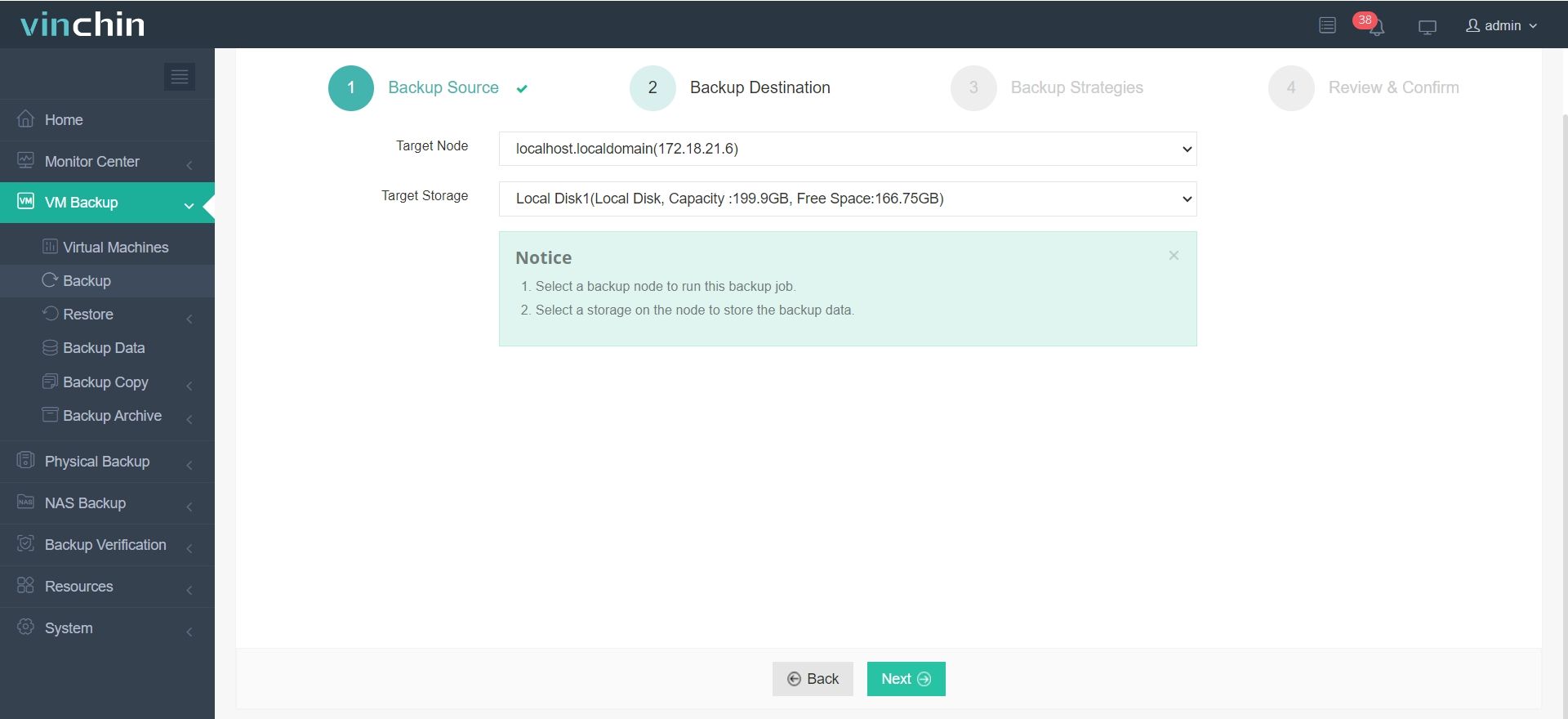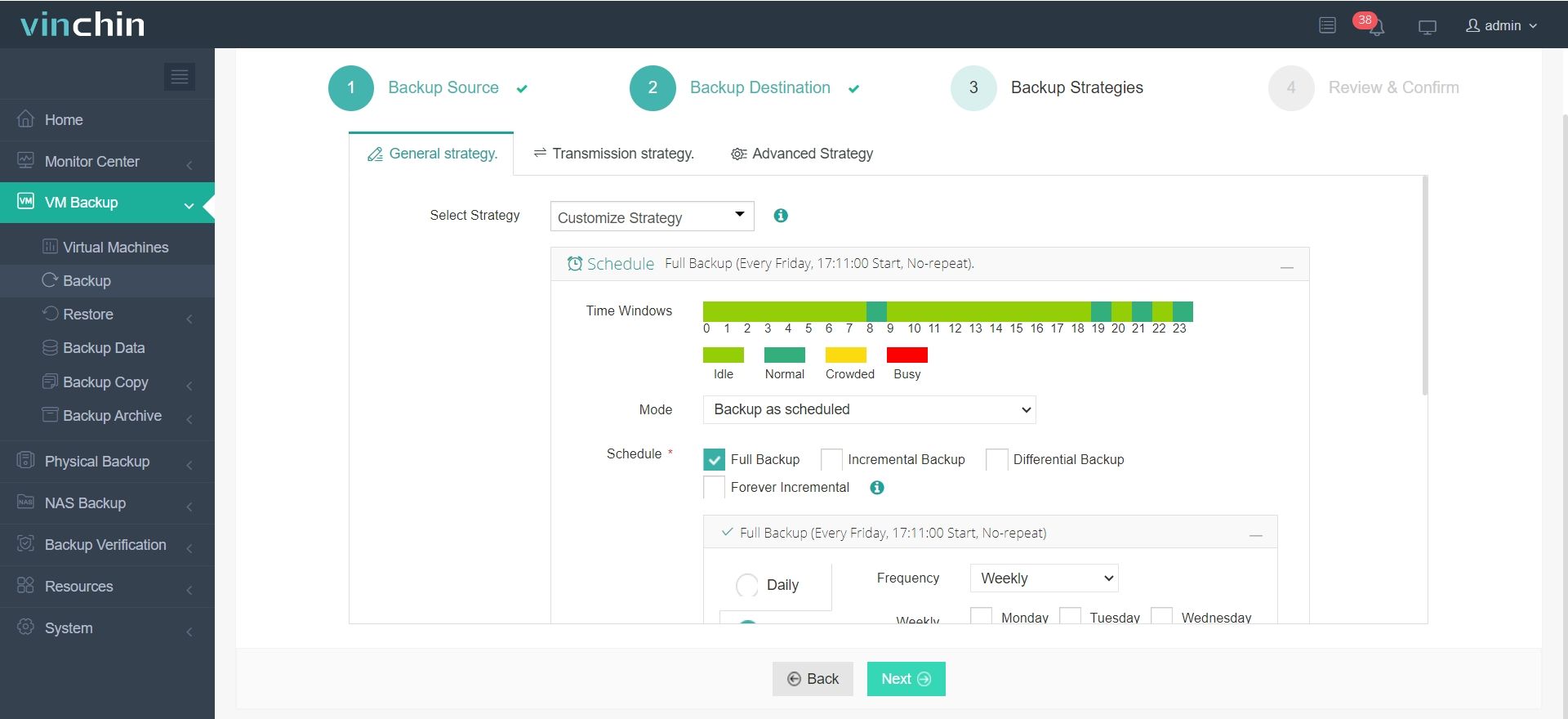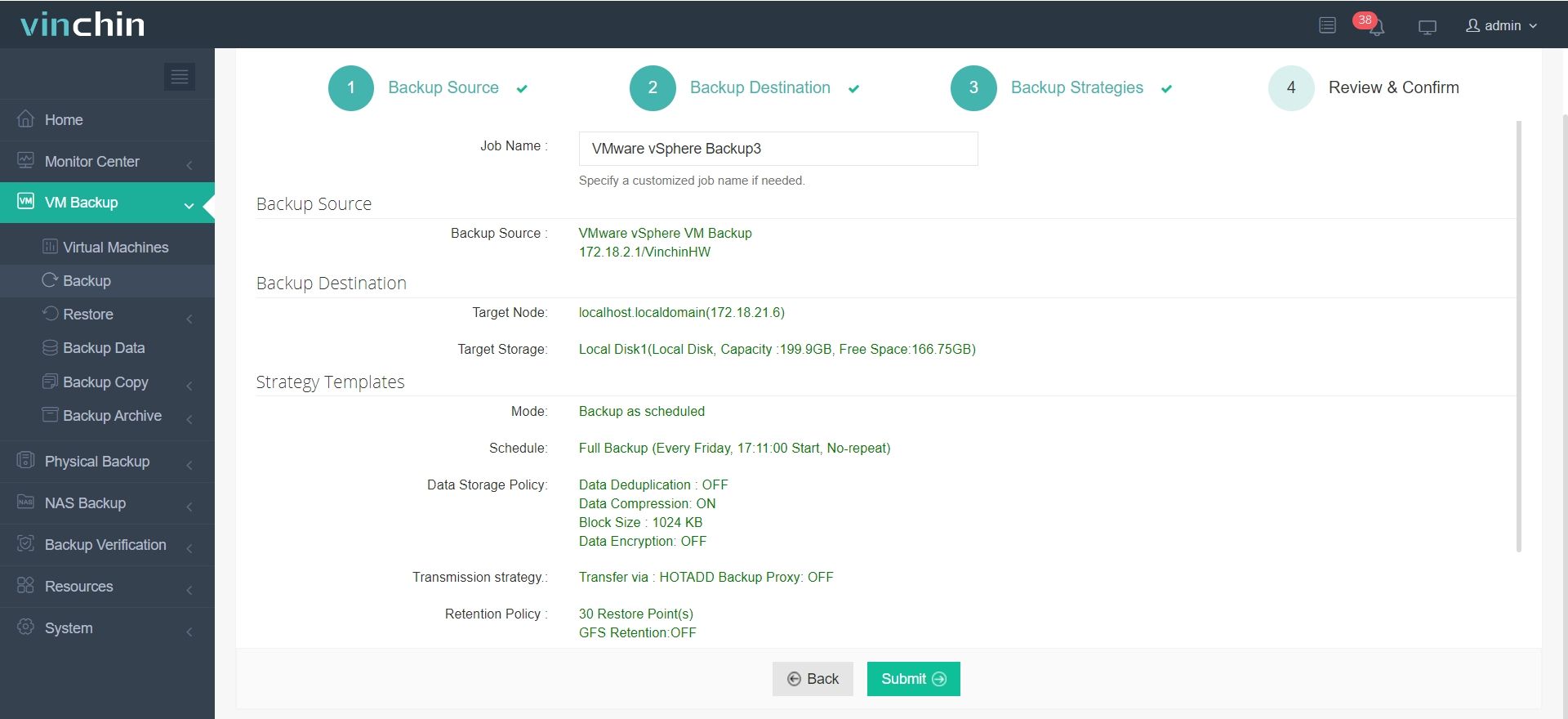-
What is a disaster recovery site?
-
Types of disaster recovery sites
-
Deploy a Powerful Disaster Recovery Solution
-
DR sites FAQs
-
Conclusion
Are you prepared if a disaster strikes your organization? For IT professionals involved in disaster recovery (DR) planning, this is a million-dollar question. One of the biggest challenges disaster recovery planners face is selecting an appropriate type of disaster recovery site. As with many IT decisions, planners must weigh cost versus performance. The more you spend, the better the site’s ability to quickly resume operations.
What is a disaster recovery site?
A disaster recovery site is a location where an organization can restore its IT infrastructure and critical business operations when the primary production center is affected by a natural or man-made disaster. Disaster recovery sites are typically built in remote locations to ensure that disasters affecting the primary site do not also impact the auxiliary site.
Creating a disaster recovery site allows the organization to continue operations and deliver services without interruption until the primary site is restored.
The choice of recovery location is critical to any disaster recovery plan. The core of most disaster recovery plans is physical isolation, meaning that data (often including servers) is stored at a remote site, separate from the company's regular office location, to minimize the impact of a disaster. The place where these devices are stored is commonly referred to as the recovery site.
Types of disaster recovery sites
Cold Sites
Cold sites are important for disaster recovery. These facilities offer basic data center infrastructure such as heating, ventilation, and air conditioning (HVAC), power, and network connectivity but little else.
Cold sites are designed to protect against extended outages at the primary site, such as those caused by building fires, hurricanes, or other major disasters. If a disaster does occur, the organization must have the necessary hardware to restore operations, build systems, install applications, and load data from backup tapes. Unsurprisingly, recovery times for cold sites are measured in days or weeks rather than hours.
If cold sites are a suitable choice, consider creative options. You don't necessarily have to buy or lease a facility that sits unused until needed. There are two cost-saving options. The first option is to reserve space at a third-party cold site facility for use in the event of a disaster. The second option is to create a cold site within a facility the organization already owns and uses for other non-critical purposes. Install basic infrastructure in this cold site, and then repurpose the space for office, storage, or other uses until it becomes necessary to activate it.
Warm Sites
For many organizations, the longer activation time required for cold sites is an unacceptable risk. Warm sites address this issue by offering not only basic infrastructure like cold sites but also the necessary hardware to restore data center operations. Depending on the nature of a warm site, administrators may choose to load operating systems and/or applications needed for recovery.
Warm sites also include some form of a copy of organizational data. This can range from simple backup tapes stored on-site, which are restored when the site is activated, to storage systems containing data replicas.
Activation times for warm sites depend on decisions made when setting up the site:
1. Can the organization’s data stored in the storage system be directly accessed by servers at the site, or does it need to be restored from tapes?
2. Is the operating system already loaded on the site's hardware?
3. Are applications also installed on these systems?
If the answers to all these questions are yes, an organization can activate a warm site within a few hours. In other cases, it may take days to activate the site.
Hot Sites
Hot sites provide the ultimate disaster recovery experience, offering near-instant operational recovery when the primary site goes down. Hot sites elevate the warm site concept to the next level, ensuring that systems at the site are preloaded with operating systems, applications, and data needed for recovery. Building a hot site capable of restoring organizational operations within minutes or seconds of a primary site disaster requires significant time and monetary investment.
Organizations with multiple critical systems and processes may adopt a hybrid approach, using hot sites for a few key services and warm sites for systems that can tolerate longer downtimes. This allows disaster recovery planners to prioritize the most important processes while not neglecting other services.
Cloud-Based DR Sites
Cloud-based disaster recovery (often referred to as DRaaS - Disaster Recovery as a Service) leverages cloud infrastructure to replicate and store critical data. In the event of a disaster, the cloud service provider can quickly bring systems online, often using virtualization and cloud computing technologies. Cloud-based DR sites offer flexibility, scalability, and lower upfront costs.
Deploy a Powerful Disaster Recovery Solution
Vinchin Backup & Recovery is designed to provide comprehensive data protection and disaster recovery for virtualized environments. It is developed to address the needs of businesses looking for reliable and efficient ways to backup and restore their virtual machines in the event of data loss, system failures, or other catastrophic events.
It supports over 10 virtualization platforms, including VMware, Hyper-V, Proxmox, XenServer, and oVirt, ensuring compatibility across diverse IT ecosystems. Tailored for virtual environments, Vinchin offers automated backups, agentless backup, LAN/LAN-Free options, offsite copying, instant recovery, data deduplication and compression, and cloud archiving. With data encryption and ransomware protection, it provides dual insurance for VM backups and supports easy V2V migration.
It only takes 4 steps to backup VMs with Vinchin Backup & Recovery:
1. Select the backup object.

2. Select backup destination.

3. Configure backup strategies.

4. Review and submit the job.

Come on and experience the full capabilities of this robust system with a complimentary 60-day trial! Contact us with your requirements, and you will receive a tailored solution for your IT landscape.
DR sites FAQs
1. Q: How Do DR Sites Differ from Backup Sites?
A: DR sites focus on quick restoration of services and operations, whereas backup sites primarily provide data storage and retrieval capabilities without real-time system operation.
2. Q: What is a Failover Process?
A: Failover is the process of switching operations from the primary site to the DR site in the event of a failure. This transition is designed to minimize downtime and can be manual, automated, or semi-automated depending on the setup.
Conclusion
A Disaster Recovery site is an essential component of any organization’s business continuity strategy. Choosing the appropriate type of DR site and setting up proper infrastructure is helpful for you to quickly recover from a disaster, minimizing downtime and protecting critical data. Whether opting for a hot, warm, or cold site, or leveraging the cloud, a robust DR site enables businesses to maintain continuity in the face of unexpected disruptions.
Share on:






